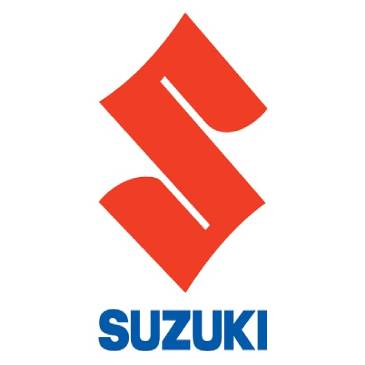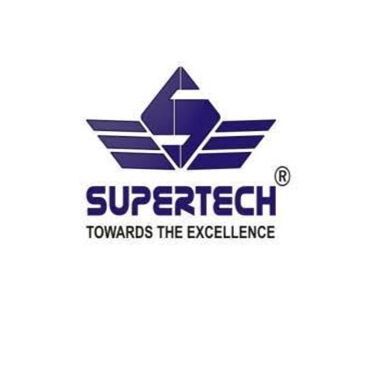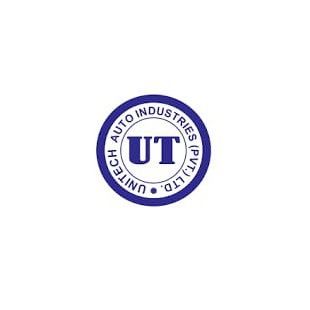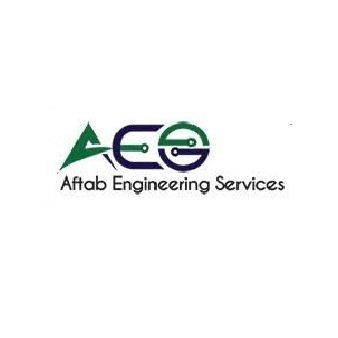







Our Clients











All plating & surface finishing solutions under one roof
find our products

Trusted Partners for Your Surface Finishing Solutions Business
Everbrite Chemicals is a well-reputed company engaged in the business of manufacturing metal surface treatment chemicals, electroplating chemicals, and industrial chemicals. We are experts in Nickel Electroplating, Bright chrome plating, zinc plating, copper plating, Brass plating, Phosphate, Hard Chrome & Conversion coatings. With our expertise in Surface Finishing Solutions, we provide technical guidelines to install and control these processes economically, increasing productivity, quality, and profitability.
Nickel electroplating is a technique of electroplating a thin layer of nickel onto a metal object. Nickel plating provides a unique combination of corrosion and wears resistance. It can add brightness, luster, and a Glossy effect. It also provides excellent adhesion properties for subsequent coating layers, which is why nickel is often used as an ‘undercoat’ for other coatings, such as chromium.
The bright chrome process is determined by the bright nickel coating underneath the final electroplated chromium film that prevents the underlying nickel from tarnishing. The bright chrome does not have the variance of shades like satin chrome it just has one reflective finish. Chromium is a bluish-white metal that is quite lustrous in appearance. In itself,
Zinc plating is the process of covering substrate metals (like steel and iron, etc.) with a layer or coating of zinc to protect the substrate from corrosion. Acid zinc is a widely used plating technology known for its high efficiency, fast deposition, and superior covering power. However, acid zinc also provides good throwing power and thickness distribution.
Copper plating offers a variety of benefits due to its malleability, conductivity, corrosion resistance, lubricious and anti-bacterial qualities.
Copper plating can also be used as part of a dual system thanks to its compatibility with additional plating and coating processes.
The application to the surfaces of metal objects (mainly steel) of a layer of brass several microns thick and consisting, for example, of 70 percent copper and 30 percent zinc. The coating is usually applied electrolytically by deposition of brass from an electroplating bath.
Phosphate conversion coating is a chemical treatment applied to steel parts that creates a thin adhering layer of iron, zinc, or manganese phosphates, to achieve corrosion resistance, lubrication, or as a foundation for subsequent coatings or painting.
A conversion coating is a chemical or electro-chemical treatment applied to manufactured parts that superficially converts the material into a thin adhering coating of an insoluble compound. These coatings are against corrosion, to improve the adherence of other coatings,
Hard chrome plating is an electroplating process in which chromium is deposited from a chromic acid solution. The thickness of hard chrome plating ranges from 2 to 250µm. Chrome plating is used for wear and corrosion resistance in addition to its low friction characteristics.
OUR SERVICES
We provide our customers free lab analysis services, it helps them to maintain their tanks chemicals at optimum concentration, and keep maintain constant quality.
We supply High quality Electroplating equipments i.e. PP, PVC and MS tanks, Filter pumps, Rectifiers, Titanium basket, Filter bags/cartridges.
We help you to achieve mass production, control in rejection, constant quality, and decrease in human errors by designing and erection of Semi-Automatic Fully automatic plants.
What’s our customer says

Muhammad Farhan

Mr.Moiz












